Dogapsa Temple (도갑사)
0m 10293 2021-12-06
306, Dogapsa-ro, Yeongam-gun, Jeollanam-do
+82-61-473-5122
Dogapsa Temple, built during the late Silla period, has a long history and various national treasures. Approximately 100 meters from Iljumun Gate of Dogapsa Temple is Haetalmun Gate (gate of emancipation), built in 1473 with a unique design that is also designated as a National Treasure. Near the gate is Treasure No. 1134, Wooden Child Manjusri and Samantabhadra of Dogapsa Temple. A five-story stone pagoda as well as Stone Seated Buddha (a Treasure) can also be seen at the temple. A large amount of the temple was burnt down during various wars, but the remaining stones show how large the temple once was.
Chadam (차담)
155.9316690943704m 0 2024-02-20
308 Dogapsa-ro, Gunseo-myeon, Yeongam-gun, Jeollanam-do
Chadam is a hanok café located at the entrance of Dogapsa Temple in Wolchulsan National Park. Its signature menu item is the insam latte (ginseng latte), made by mixing milk with raw ginseng and honey. Other popular choices include daechu cha (jujube tea), baekhyanggwa ade (passion fruit ade), and patbingsu (shaved ice with red beans). They also sell a dessert called yeonkkulppang (bun with lotus roots, yam, red bean filling), which is unique to temples. Visitors can enjoy healing while observing the majestic Wolchulsan Mountain, which change with the seasons.
Muwisa Temple (무위사)
2.6 Km 18293 2019-11-20
308, Muwisa-ro, Gangjin-gun, Jeollanam-do
+82-61-432-4974
Muwisa Temple is located on Wolchulsan Mountain in Gangjin-gun, Jeollanam-do. The temple has at least 1,100 years of history as it was established sometime before the early 10th century under the name Muwigapsa Temple. The temple houses many significant Buddhist treasures.
Yeonhee Hanok Pension[Korea Quality] / 영암연희한옥펜션[한국관광 품질인증]
2.8 Km 0 2024-01-19
690-17 , Wangin-ro, Yeongam-gun, Jeollanam-do
+82-10-4725-3311
Yeonhee Hanok Pension is a traditional hanok guesthouse located in Gunseo-myeon, Yeongam-gun, Jeollanam-do. It is surrounded by Wolchulsan National Park, stretched out like a folding screen. There are five guest rooms, and the ondol (underfloor heated) studio room for two people comes with a kitchen where guests can cook and a bathroom for the guests' convenience. Additionally, the 6-person private room is equipped with a kitchen and a bathroom. The property has an outdoor barbecue area, and dogs are permitted upon prior request.
Historical Site of Wangin (왕인박사 유적지)
2.8 Km 20621 2024-01-10
440 Wangin-ro, Yeongam-gun, Jeollanam-do
The hometown of Wangin Baksa (Wangin the Great Scholar) is located at the foot of Munpilbong Peak to the east of Gurim Village. Due to Wangin’s importance and contributions to Korean history, this historical attraction is preserved and maintained in honor of his memory and achievements.
Seonggidong is the official birthplace of Wangin (marked by the Yuheobi memorial monument) and is also home to Seongcheon, the well Wangin is believed to have drunk from. Halfway up Wolchulsan Mountain are Chaekgul, Munsanjae and Yangsajae where Wangin is said to have studied as well as nurtured local pupils. To commemorate the significance of these areas, a memorial is held every March at Munsanjae and Yansanjae.
In front of Chaekgul is a statue of Wangin which is said to symbolize his benevolent character. Just west of Seonggidong is Doljeonggogae, a hill from which it is believed Wangin made a sorrowful look back at his countrymen before leaving for Japan.
Wangin departed for Japan from Sangdaepo, which at the time was an international trading port. The renowned Baekje scholar was beginning his journey at the request of Japanese Emperor Eungshin. He took with him ten books on the Analects of Confucius and a book of Cheonjamun, a text of one thousand Chinese characters. Over time, he earned the trust of the emperor and became instructor to the crown prince. Wangin is well-known for his part in the development of Japanese culture and his name appears often in Japanese history. Wangin educated beyond textbooks and made great contributions to the development of arts, crafts and music and is revered as the originator of Japan’s Asuka culture.
This historic site was originally reconstructed from 1985 to 1987 and is continually receiving improvements to improve accessibility for visitors.
Yeongam Wangin Culture Festival (영암왕인문화축제)
3.1 Km 20279 2024-02-19
440 Wangin-ro, Yeongam-gun, Jeollanam-do
+82-61-470-2346
Yeongam Wangin Culture Festival is held to commemorate the achievement of Korea’s Dr. Wangin, who traveled to Japan over 1,600 years ago to spread Korean knowledge, culture, and arts. Visitors can enjoy various events during the festival period.
Yeongam Gurim Hanok Village (영암 구림전통한옥마을)
3.5 Km 37540 2020-05-04
43-14, Gurim-ro, Yeongam-gun, Jeollanam-do
+82-61-472-0939
Nestled at the foot of Wolchulsan Mountain's western side in Yeongam-gun, Jeollanam-do, Yeongam Gurim Hanok Village has a 2,200 year-long history, stretching from the Three Han States to Proto Three Kingdom Period. The village is abundant with various historical stories and features, offering plenty of cultural tourism resources. The village includes 12 pavilions including Hoesajeong Pavilion and Gukamsa Shrine, traditional houses, stone walls, and old oak trees. Especially, 96 Korean-house accommodations including Anyongdang, Wolindang, Gukamsa, and Anhyeongung are located for tourists to stay in a traditional Hanok as well as to offer various traditional programs like paper craft, traditional wedding ceremony, rice cake-pounding, straw craft, catching fish, water activities and others. Also, Wangin Cherry Blossom Festival and Chrysanthemum Festival are held here every year.
Yeongam Pottery Museum (영암도기박물관)
4.0 Km 12607 2021-03-17
5, Seohojeong-gil, Yeongam-gun, Jeollanam-do
+82-61-470-6851
Yeongam Pottery Museum is dedicated to promoting the history of pottery in Korea, starting from the oldest known pottery coming from Gurim Village. Visitors can learn about the history of this art form through exhibitions, educational programs, and hands-on experiences. Locally produced pottery is also available for sale. Nearby attractions include the Wangin Historic Site and Ha Jung-woong Museum of Art.
Gangjin Dawon Tea Plantation (전남 강진다원)
4.1 Km 15131 2021-02-09
93-25, Baegun-ro, Gangjin-gun, Jeollanam-do
+82-61-432-5500
Gangjin Dawon Tea Plantation is located at the southern foot of Wolchulsan Mountain in Jeollanam-do. The area’s big temperature difference between day and night and the frequent thick fog provide ideal conditions for tea cultivation. The tea cultivated at Gangjin Dawon has a strong scent and rarely tastes bitter. Gangjin Dawon is the home of the nation’s first green tea product “Baegunokpancha.” Since 1980, an extensive area of mountainous territory has been cultivated for green tea production to become the more than 80 acres of green tea fields that it is today. As Gangjin Dawon is relatively lesser known than the green tea fields in Boseong, visitors can enjoy a relaxing time surrounded by the vastness of the green tea fields. Nearby attractions include Baengnyeonsa Temple, the Birthplace of Yeongnang, Gangjin Goryeo Cheongja kiln site, and Dasan Chodang, the house where the famous scholar Dasan Jeong Yak-yong (1762-1836) lived during his exile.
Baegun Teahouse (Lee Han-young Tea Culture Center) (백운차실 (이한영 차문화원))
4.4 Km 3 2024-01-11
107 Baegun-ro, Seongjeon-myeon, Gangjin-gun, Jeollanam-do
Lee Han-young Tea Culture Center, located in Gangjin, Jeollanam-do, was established to commemorate the achievements of Lee Han-young, who created Baegun Okpan Tea, Korea’s first tea brand. It is also a place that originated from the promise that disciples of Jeong Yak-yong, the greatest scholar of the Joseon period, made when he returned from exile to provide him with the tea they grew for one year and research achievements every year. As seen from his pen name, Dasan, which means a mountain (san) producing abundant tea (da), Jeong Yak-yong is said to have loved tea very much. Visitors can enjoy a tea ceremony experience of different teas consisting of Jakseol Green Tea and Wolsan Black Tea, as well as making their own tea. Visitors can also taste the rice cake tea that Jeong Yak-yong enjoyed.
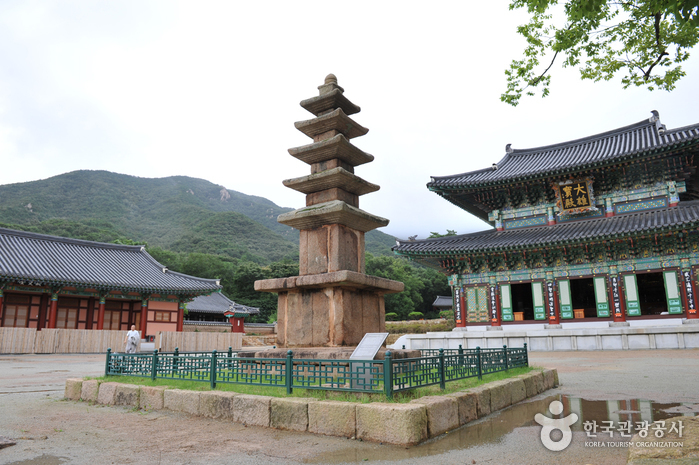
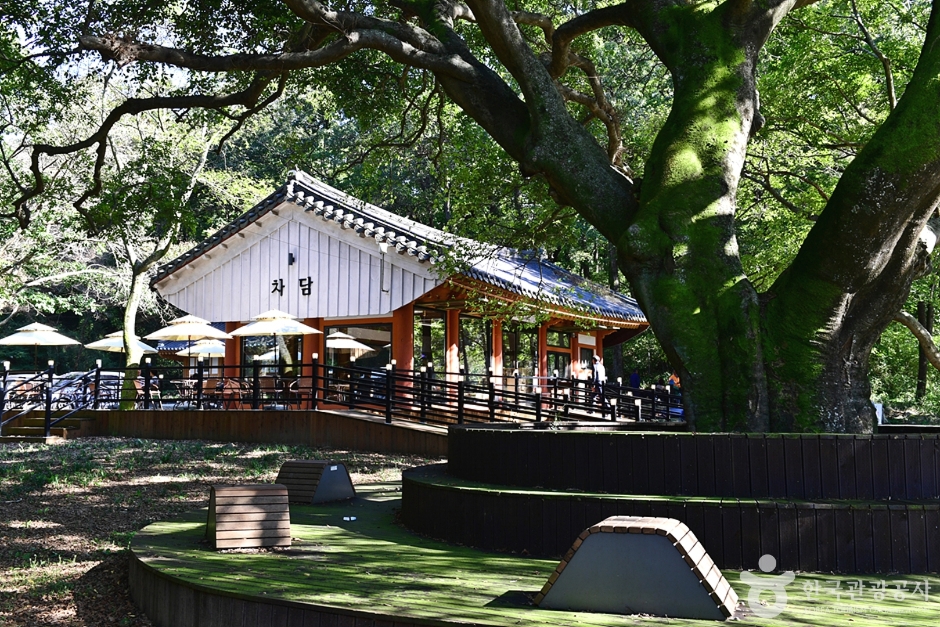
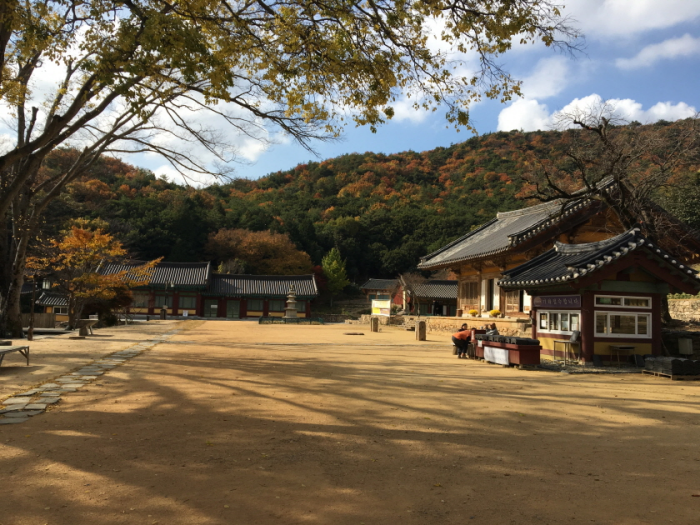
![Yeonhee Hanok Pension[Korea Quality] / 영암연희한옥펜션[한국관광 품질인증]](http://tong.visitkorea.or.kr/cms/resource/71/2809171_image2_1.jpg)
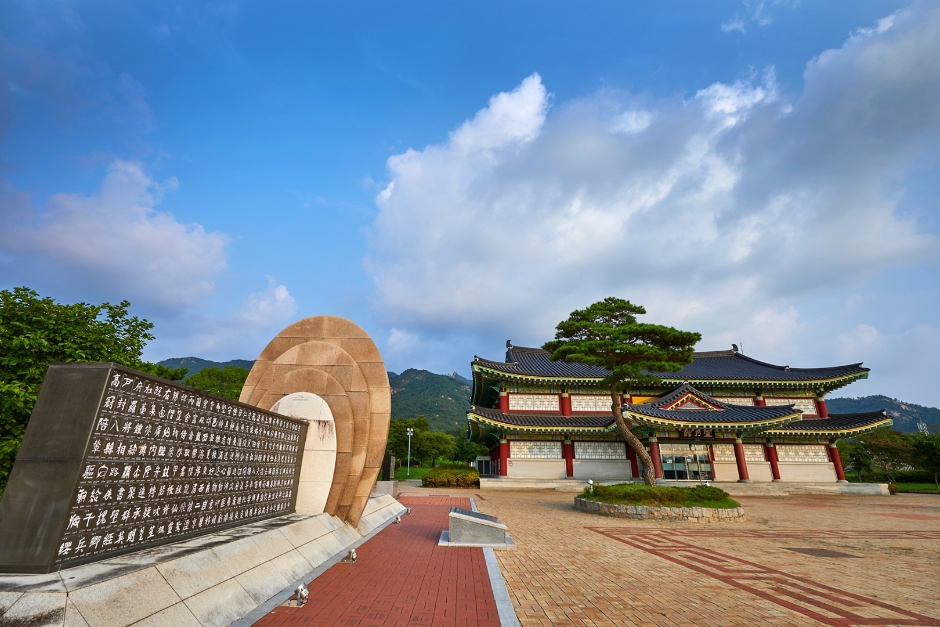
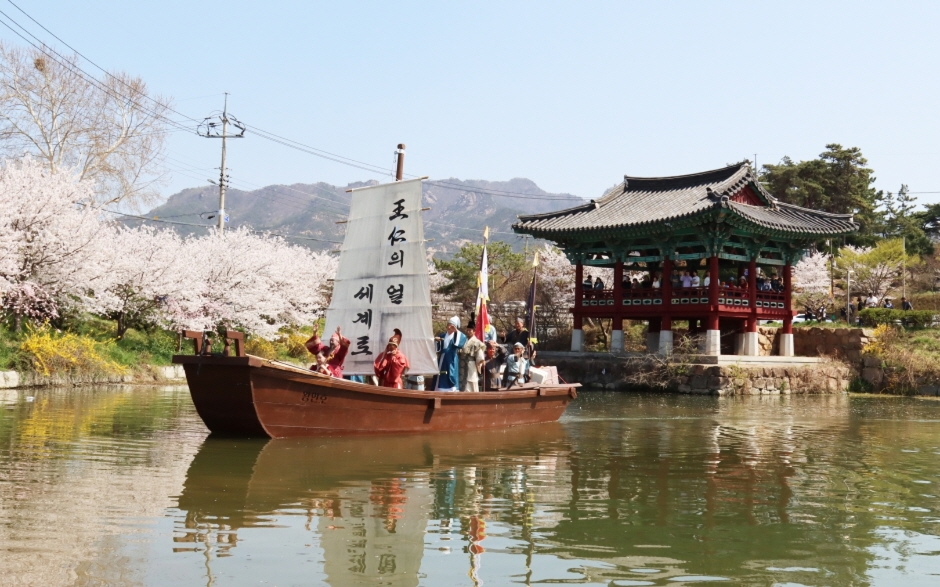
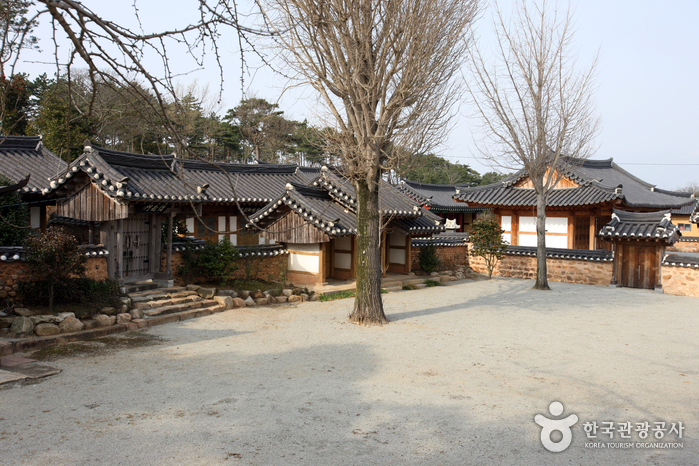
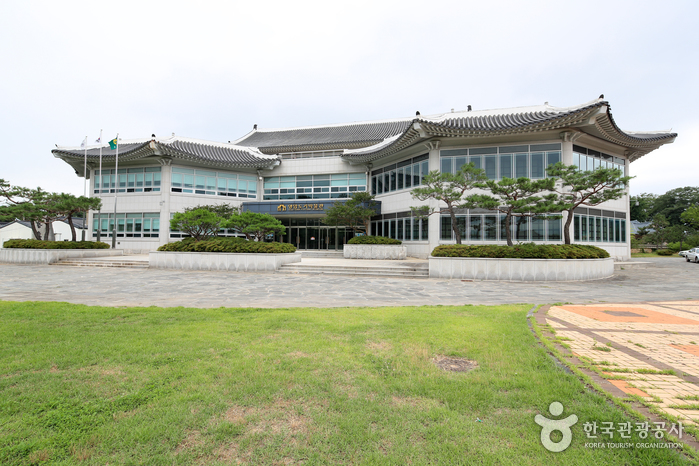
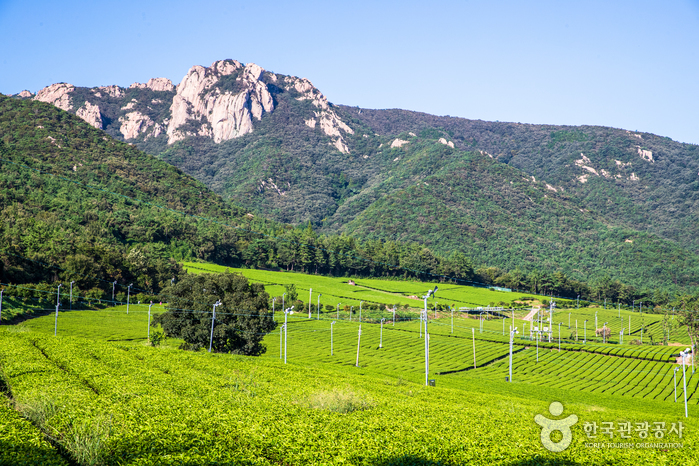
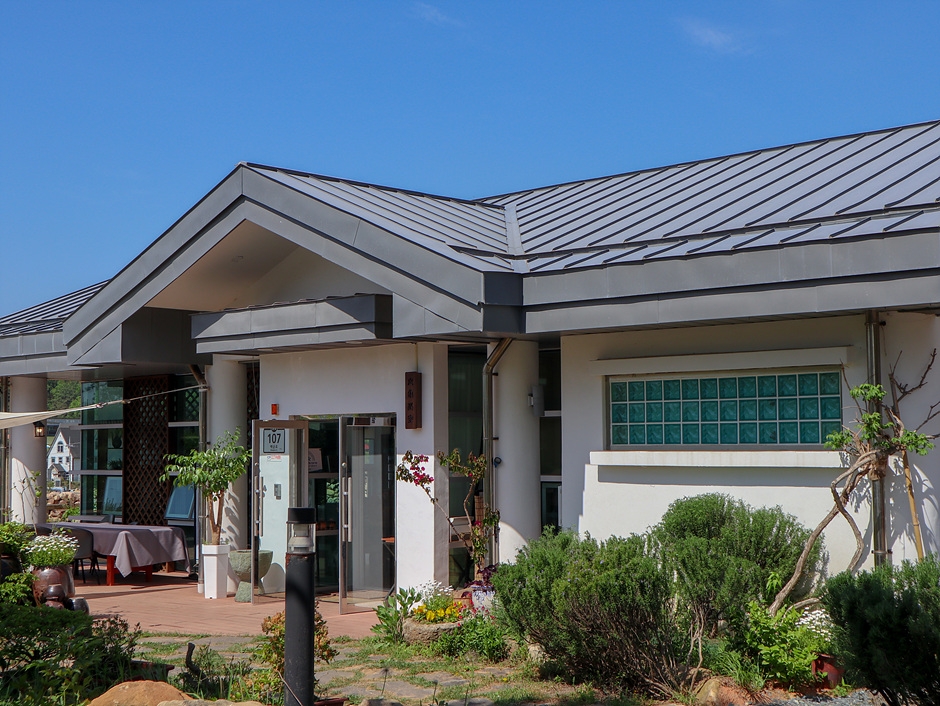
 English
English
 한국어
한국어 日本語
日本語 中文(简体)
中文(简体) Deutsch
Deutsch Français
Français Español
Español Русский
Русский